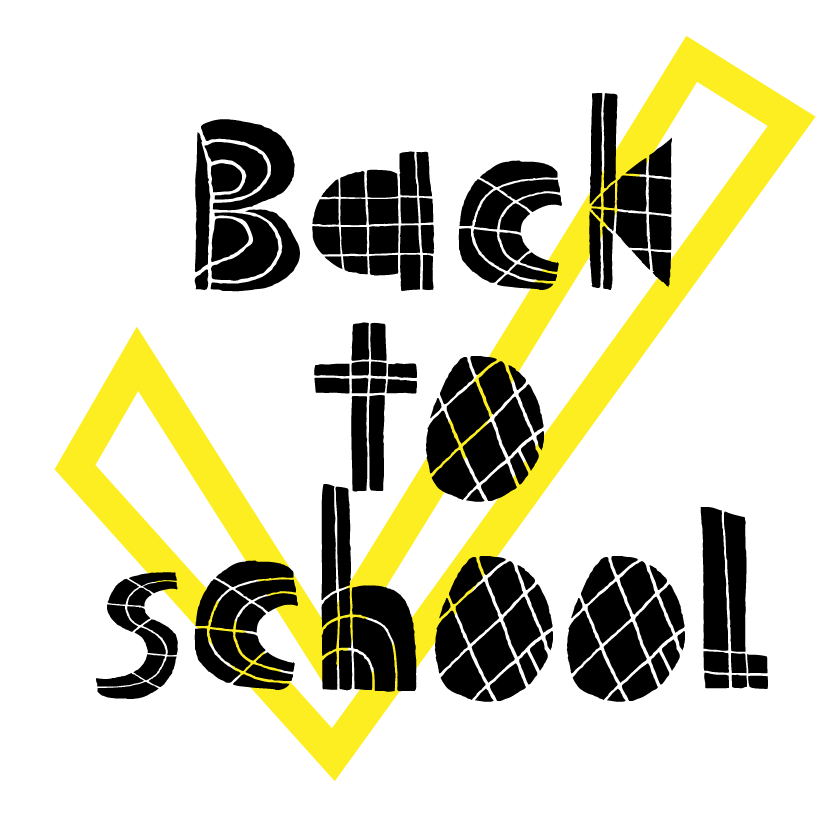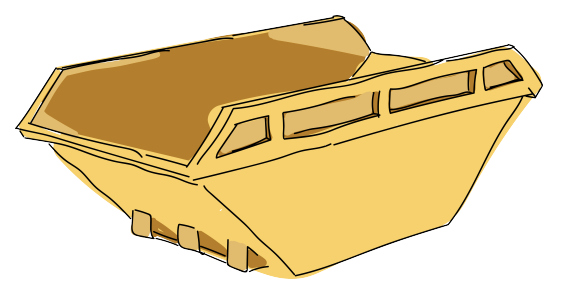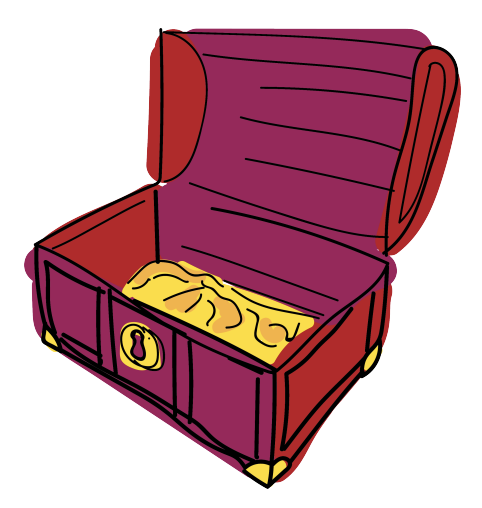
Trash and Treasure
Creating opportunities for children to have their say meaningfully helps children to reflect, process and come to terms with their individual experiences. It also allows children to collectively mark their journey as a peer group. This activity explores children’s views and experiences – what they like or think is positive (treasure) and what they do not like or think is negative (trash).

Links to Curriculum for Excellence Experiences and Outcomes
- I am aware of and able to express my feelings and am developing the ability to talk about them. HWB 0-01a / HWB 1-01a / HWB 2-01a / HWB 3-01a / HWB 4-01a
- I understand that there are people I can talk to and that there are a number of ways in which I can gain access to practical and emotional support to help me and others in a range of circumstances. HWB 0-03a / HWB 1-03a / HWB 2-03a / HWB 3-03a / HWB 4-03a
- I understand that my feelings and reactions can change depending upon what is happening within and around me. This helps me to understand my own behaviour and the way others behave. HWB 0-04a / HWB 1-04a / HWB 2-04a / HWB 3-04a / HWB 4-04a
Learning Intentions
- Learners understand the validity of their feelings and experiences.
- Learners recognise where their human rights are respected or disrespected.
Duration
1 hour – 1 hour 30 minutes
What You Need
- A large treasure chest or decorated casket
- A rubbish bin to be a trashcan
- Coloured card cut into jewel shapes or gold coins (approximately 10cm in diameter) to represent treasure (a few pieces per child)
- Newspaper or scraps of paper to represent ‘trash’ (a few pieces per child)
- Colouring pens
Activity
Explain to the children that everyone has experiences life in different ways and we have all experienced different feelings and emotions. It is important to think about what has made us feel happy, healthy and safe, and what’s got in the way of this too. This can help us think about what we would like to “treasure” and what bits we want to “trash”.
Each child should be given a handful of “treasure” and some coloured pens. On the treasure, invite the children to record the things that have helped them to feel happy, healthy and safe using words or drawings.

Next, each child should be given a handful of “trash”. On the trash, invite the children to record the things that have made them feel unhappy, unsafe or unhealthy using words or drawings.

Once completed, invite the children to come together in a circle. Explain that everyone will have the opportunity to feed back what they have captured if they wish and that there are no right or wrong answers. Remind everyone that it is important to listen to, respect and support each other. If there’s anything they do not want to share, that is ok. They can still place it in the treasure or trashcan. They can also speak to an adult they trust at school if they would prefer.
Begin by inviting the children to “throw” their trash in the trashcan prop in the centre of the circle. The children can read out their recorded experience if they wish – if a popular theme emerges, it can be a positive reinforcement of the shared experience if time is given for discussion.
Next, using the treasure chest prop placed in the centre of the circle, invite the children to place their treasure in there for safekeeping. The children can read out or share what they have recorded if they want, and this can be used as a way for children to connect with one another’s experiences.
Click the button for clock templates and printable activity plan.